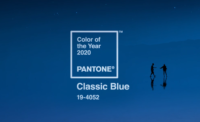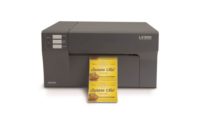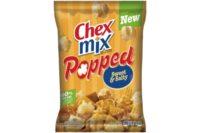A report from Massachusetts General Hospital (MGH) researchers indicates that color-coded food labeling and adjusting the way food items are positioned in display cases can play a successful role in encouraging more healthful food choices. Conducted in a large hospital cafeteria, the research found that labeling all foods and beverages with a simple red, yellow and green color scheme to indicate relative healthiness led patrons to purchase more of the healthy and fewer of the unhealthy items, says Anne Thorndike, MD, MPH, of the MGH division of General Medicine, who led the study. "We also found that moving items around to make the healthy items more convenient and visible led to further improvement in the nutritional quality of items purchased," Thorndike says.
The study authors also note that most current point-of-purchase efforts to encourage more healthful food choices tend to concentrate on labeling the calorie content of food. But calorie information is only useful if people read and comprehend it, which requires understanding their own calorie needs, accurately estimating serving sizes and having enough time to consider and act on the information provided. Studies by psychologists and behavioral economists also have noted that individuals tend to maintain their typical behavior patterns and are more motivated by actions with immediate, rather than long-term rewards.
In the MGH cafeteria, color-coded labels indicate the healthiest sandwich choices (green), along with those designated less (yellow) and least (red) healthy.
The research team, including leaders of the MGH Nutrition and Foodservice, devised a two-phase plan. In the first phase, which began in March 2010, color-coded labels were attached to all items in the main hospital cafeteria: Green signifying the healthiest items, such as fruits, vegetables and lean meats; yellow indicating less healthy items; and red for those with little or no nutritional value. Signs in the cafeteria encouraged customers to consume green items often, yellow items less often, and to consider other choices for red items. All cafeteria cash registers were programmed to record and identify each purchased item as green, red or yellow; and additional nutritional information was made available in the cafeteria throughout the six-month study period.
At the end of the study period, sales of “green” items had increased significantly, while sales of unhealthy "red" items decreased. More specifically, during phase 1, sales of all red items decreased 9.2 percent, with red beverage purchases dropping 16.5 percent, while green item sales increased 4.5 percent, with a 9.6 increase in green beverages.
Source: www.eurekalert.org



